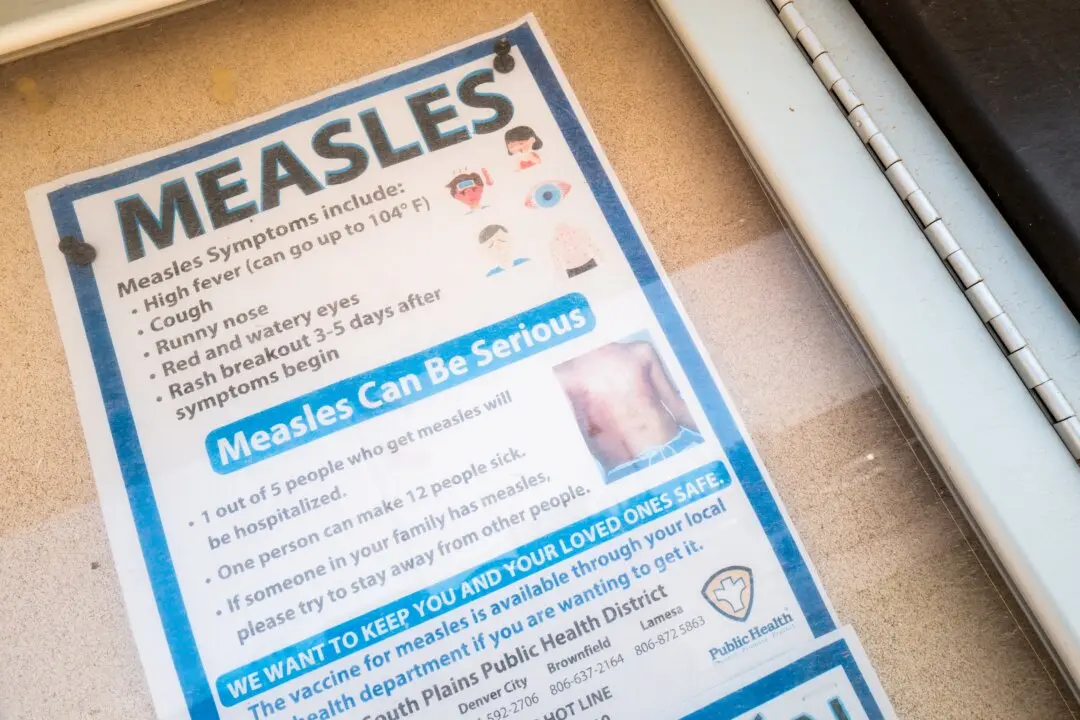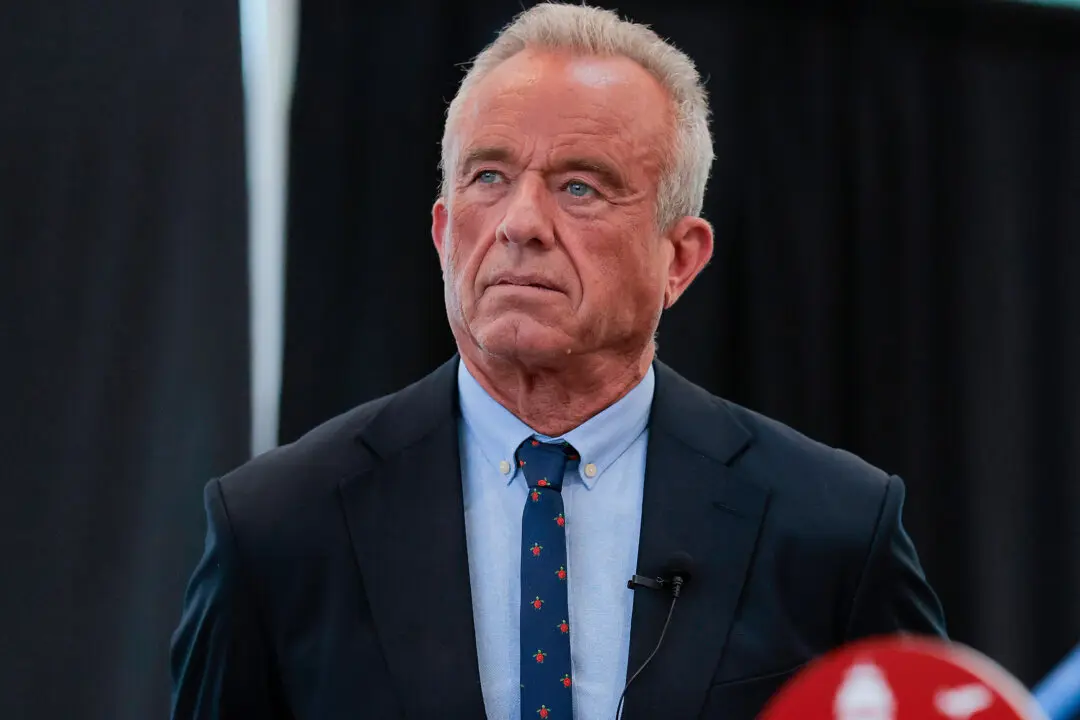The Supreme Court late Wednesday blocked New York officials from limiting religious gatherings, a win for Orthodox Jews who had sued over restrictions imposed during the COVID-19 pandemic.
In a 5-4 decision, the nation’s highest court said New York Gov. Andrew Cuomo, a Democrat, and other officials cannot enforce occupancy limits set in a previous executive order.





